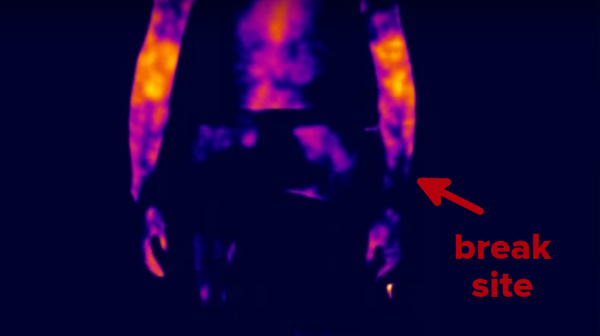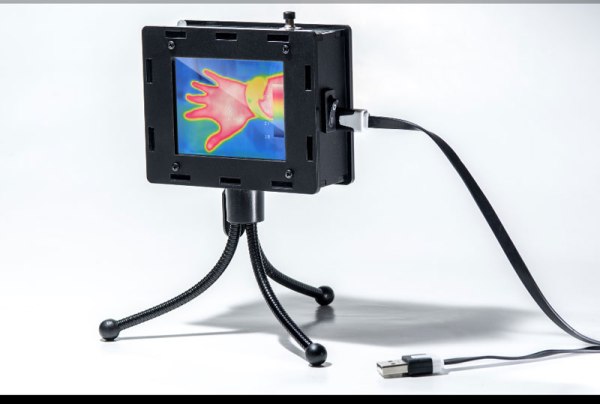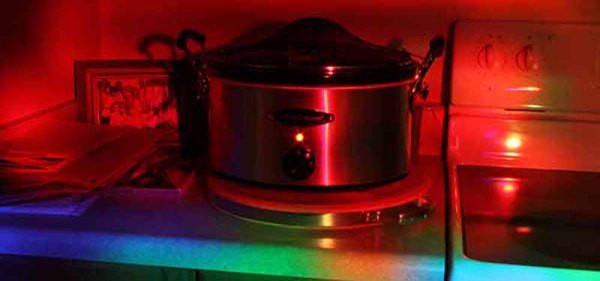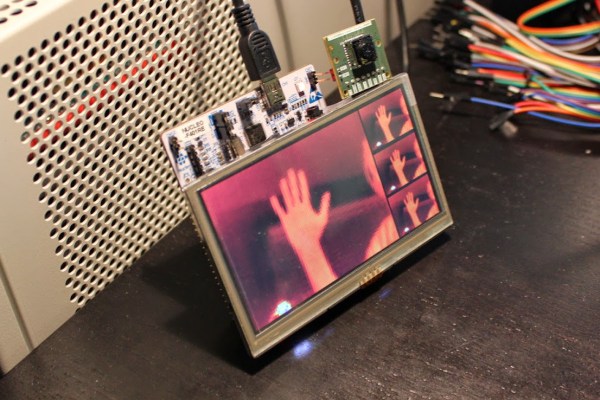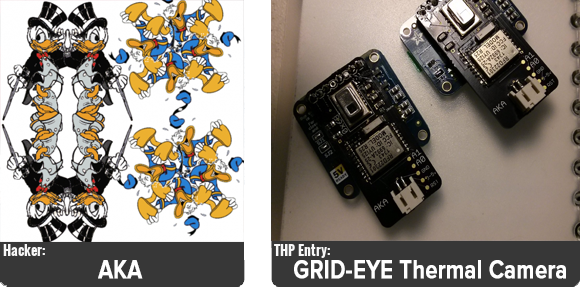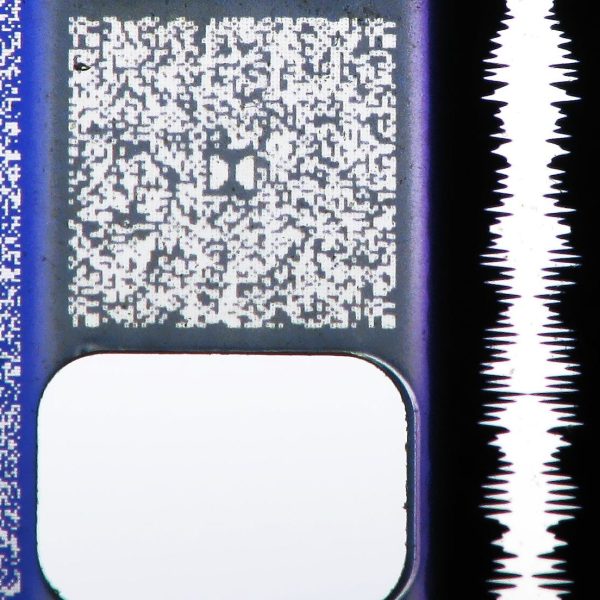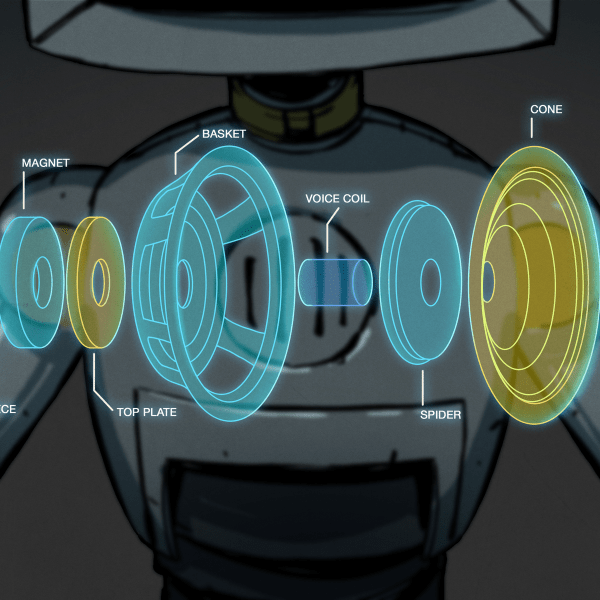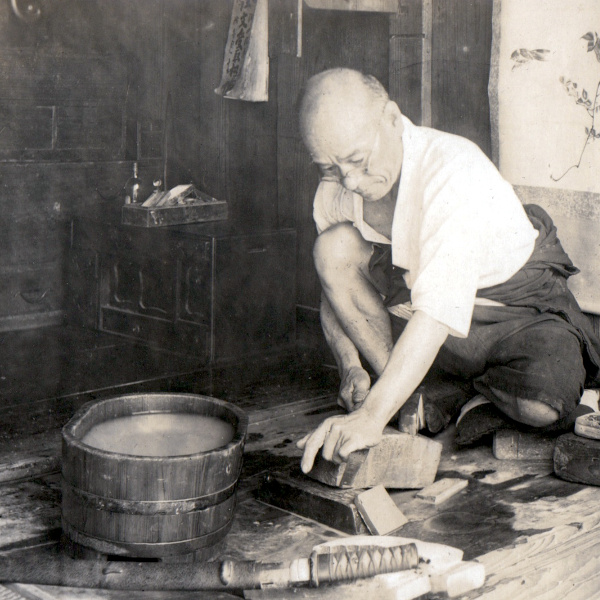Thermal cameras hold an enduring fascination as well as being a useful tool for the engineer. After all, who wouldn’t want to point one at random things around the bench, laughing with glee at finding things warmer or colder than expected? But they’ve always been so expensive, and a lot of the efforts that have sought to provide one for little outlay have been rather disappointing.
This has not deterred [Offer] though, who has made an extremely professional-looking thermal camera using an M5Stack ESP32-based computer module and an AMG8833 thermal sensor array module in a 3D-printed case that copies those you’d find on a commercial unit. The modular approach makes it a simple prospect for the constructor, the software can be found on GitHub, and the case files are hosted on Thingiverse. You’ll be finding warm and cold things on your bench in no time, as the video below shows.
Most of the thermal cameras we’ve seen have centred upon the FLIR Lepton module, but that’s a component that remains expensive. This project shows us that thermal cameras are a technology that is slowly becoming affordable, and that greater things are to come.
Continue reading “Who Said Thermal Cameras Weren’t Accessible To The Masses?”


